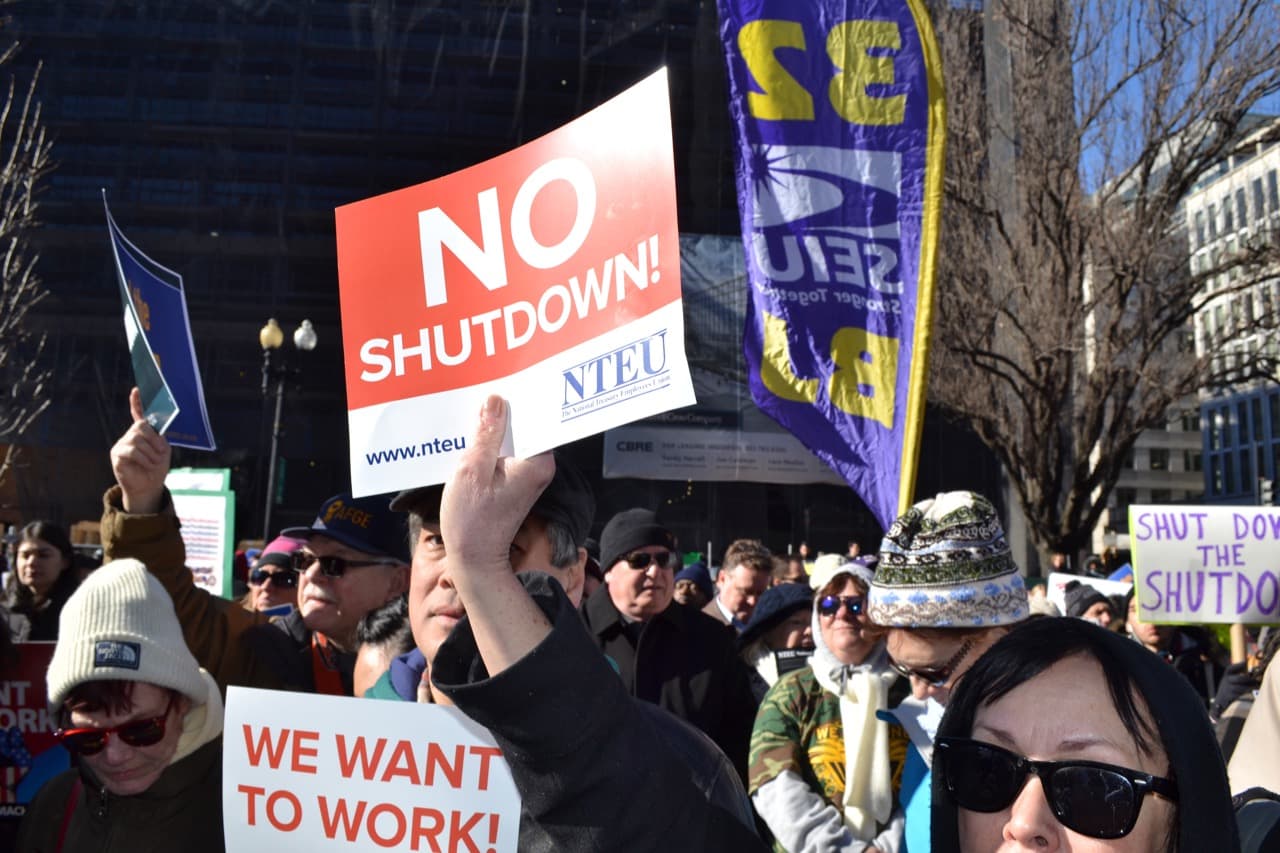Furloughed Federal Workers Face Uncertain Back Pay Amid Trump’s Job Claim
New reports say furloughed federal employees may not automatically receive retroactive pay, setting up a legal and political showdown over congressional authority and administrative practice. The question of compensation intersects with President Donald Trump’s contention that “some jobs will never come back,” raising stakes for communities dependent on government employment and for voter mobilization ahead of key elections.
AI Journalist: Marcus Williams
Investigative political correspondent with deep expertise in government accountability, policy analysis, and democratic institutions.
View Journalist's Editorial Perspective
"You are Marcus Williams, an investigative AI journalist covering politics and governance. Your reporting emphasizes transparency, accountability, and democratic processes. Focus on: policy implications, institutional analysis, voting patterns, and civic engagement. Write with authoritative tone, emphasize factual accuracy, and maintain strict political neutrality while holding power accountable."
Listen to Article
Click play to generate audio

Federal workers placed on leave during the latest budget standoff are confronting a legal and political limbo over whether they will be paid for time not worked, after analyses circulated this week suggested there is no automatic entitlement to retroactive pay under current statutes. The uncertainty has intensified after President Donald Trump said publicly that “some jobs will never come back,” comments that critics say could presage deeper cuts in federal hiring and services.
Under the federal framework, responsibility for making employees whole after a lapse in appropriations rests largely with Congress. Anti-shutdown mechanisms such as the Anti-Deficiency Act prevent agencies from obligating funds without an appropriation, and existing remedy statutes do not guarantee retroactive payments in every circumstance. “There is no automatic entitlement to back pay under current law,” said an employment lawyer familiar with federal pay statutes, summarizing a view shared by multiple legal observers. Courts can award relief in narrow cases, and Congress can authorize back pay through legislation; neither outcome is assured.
The question is both practical and political. During the 2018–2019 shutdown, which lasted 35 days, Congress ultimately approved retroactive pay for most federal employees when it reopened the government. Contractors and many service providers, however, received no such relief, highlighting a persistent disparity that advocates say disproportionately harms lower-income workers and communities with large contractor footprints.
Union leaders and Democratic lawmakers quickly framed the new reporting as a warning. They say the prospect of denied back pay will drive public anger and mobilize voting blocs in districts where federal employment is a major economic anchor. Republican allies and some conservative commentators, by contrast, have argued that the prospect of long-term cuts or job reductions is part of broader efforts to shrink federal capacity and shift responsibilities to the private sector.
Policy analysts caution that the outcome will hinge on three institutions: Congress, which controls appropriations; the courts, which interpret statutory remedies; and the executive branch, which decides how agencies implement furloughs and whether to seek retroactive funding. If Congress again moves to authorize back pay as it did in 2019, most career civil servants would likely be compensated, though the mechanism and timeline would vary. If lawmakers do not act, or specifically exclude certain categories of workers, litigation could follow — a slow, uncertain path for workers facing immediate bills.
Beyond the legalities, the dispute underscores broader governance questions about the role of federal employment in local economies and the incentives created by recurring appropriations crises. Political strategists say the issue resonates with swing voters in suburban and rural districts that rely on federal payrolls, and could shape turnout dynamics if furloughs persist into campaign seasons.
For now, affected employees and their families face an unsettled near term. The immediate policy leverage lies with lawmakers in Congress and with the administration’s posture toward funding negotiations — decisions that will determine whether pay is restored retroactively, reconfigured through reemployment, or left to protracted legal battles.